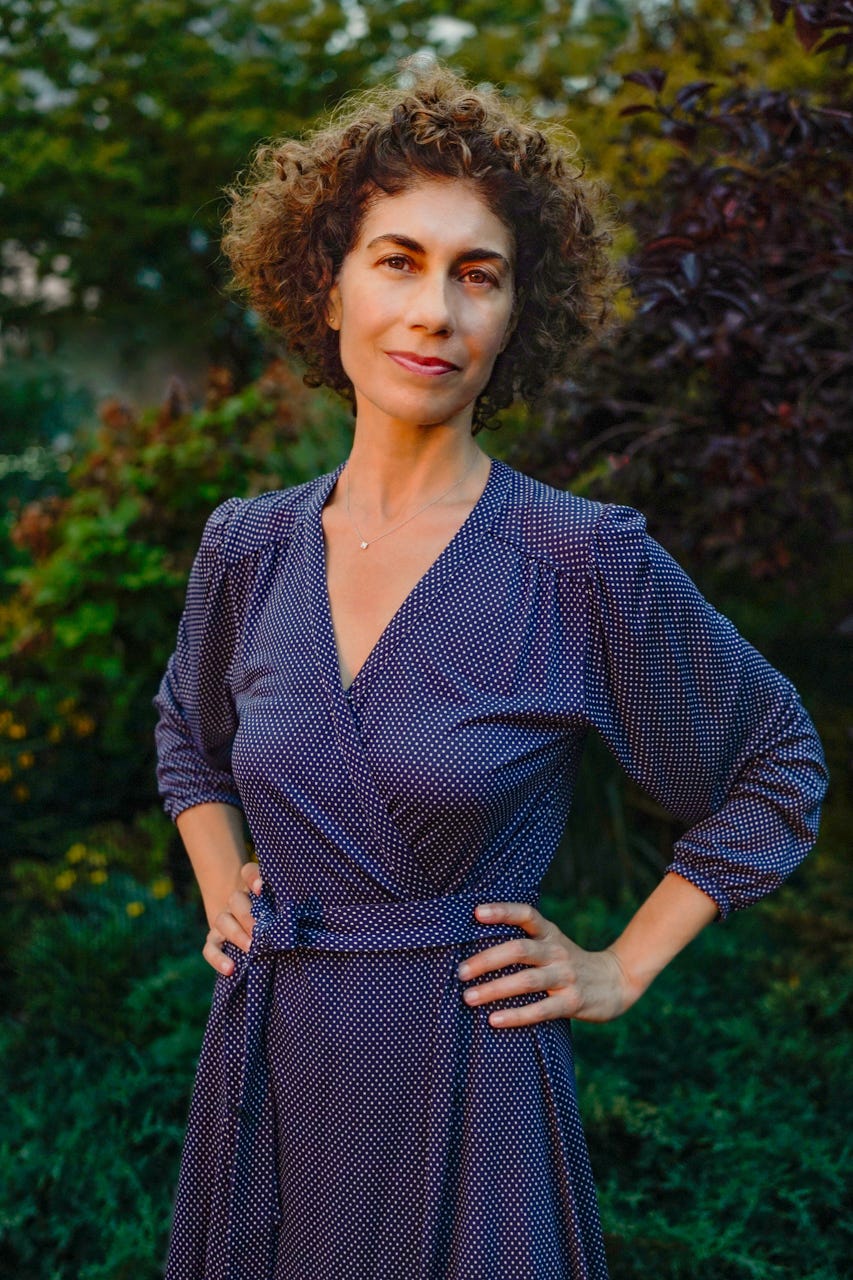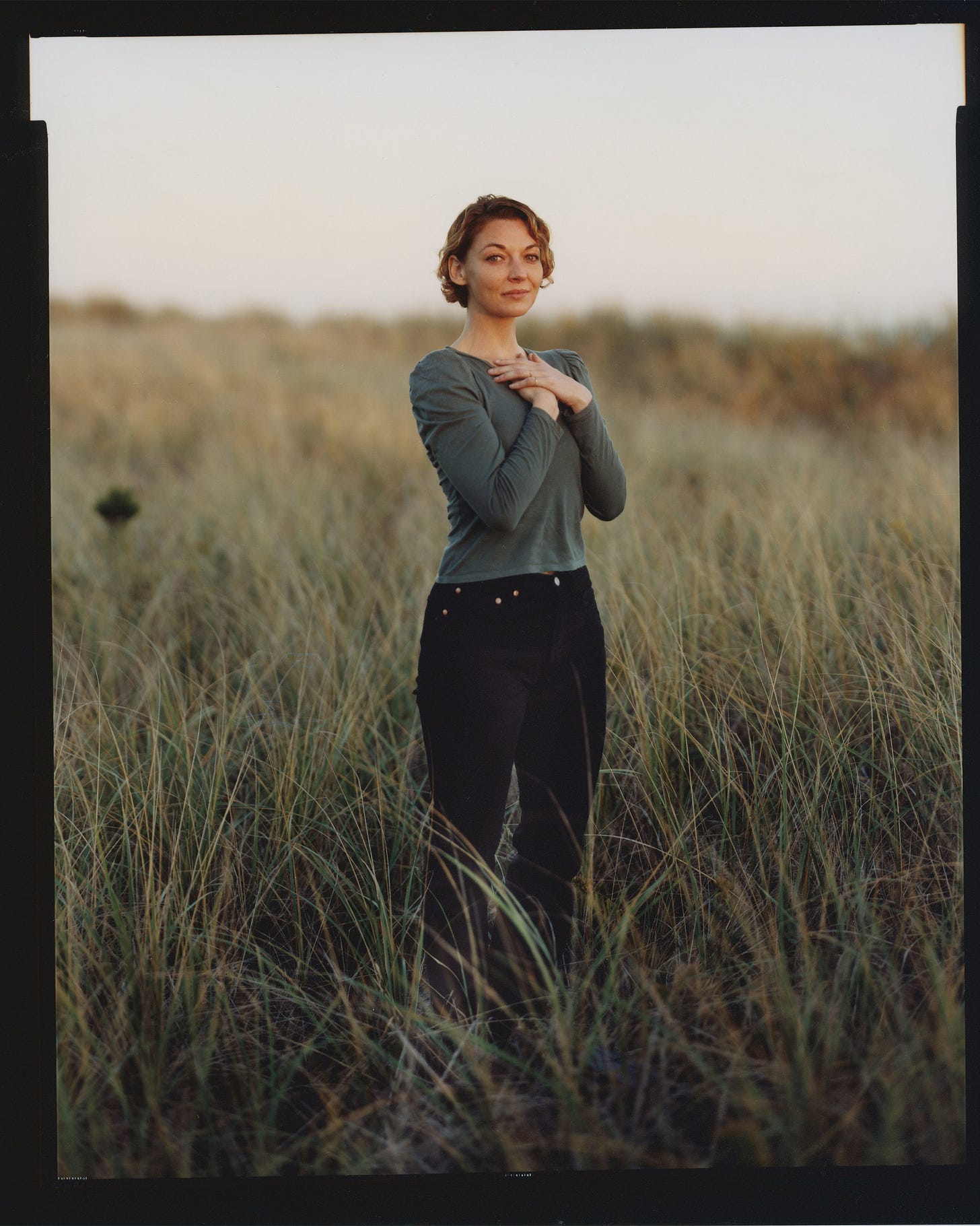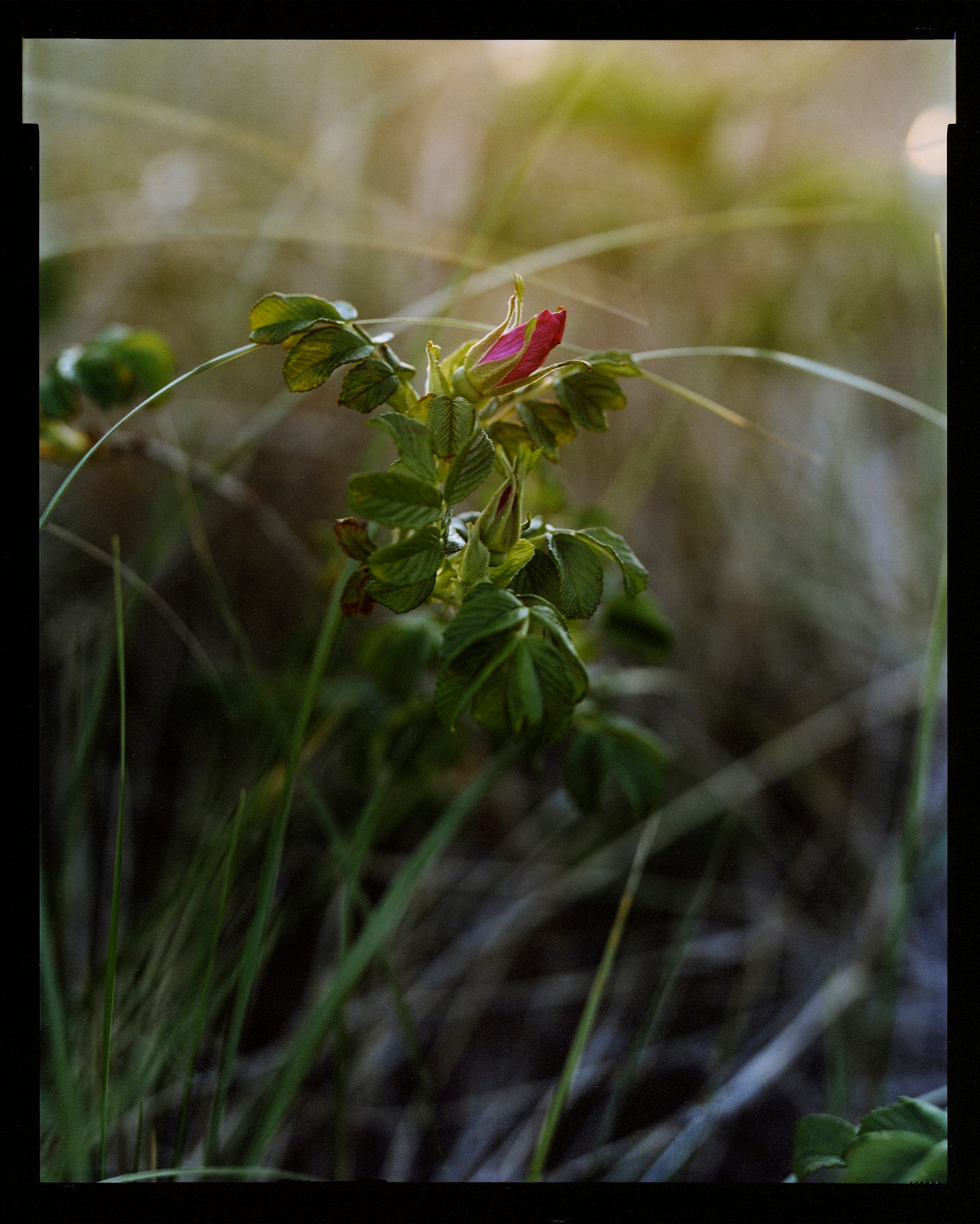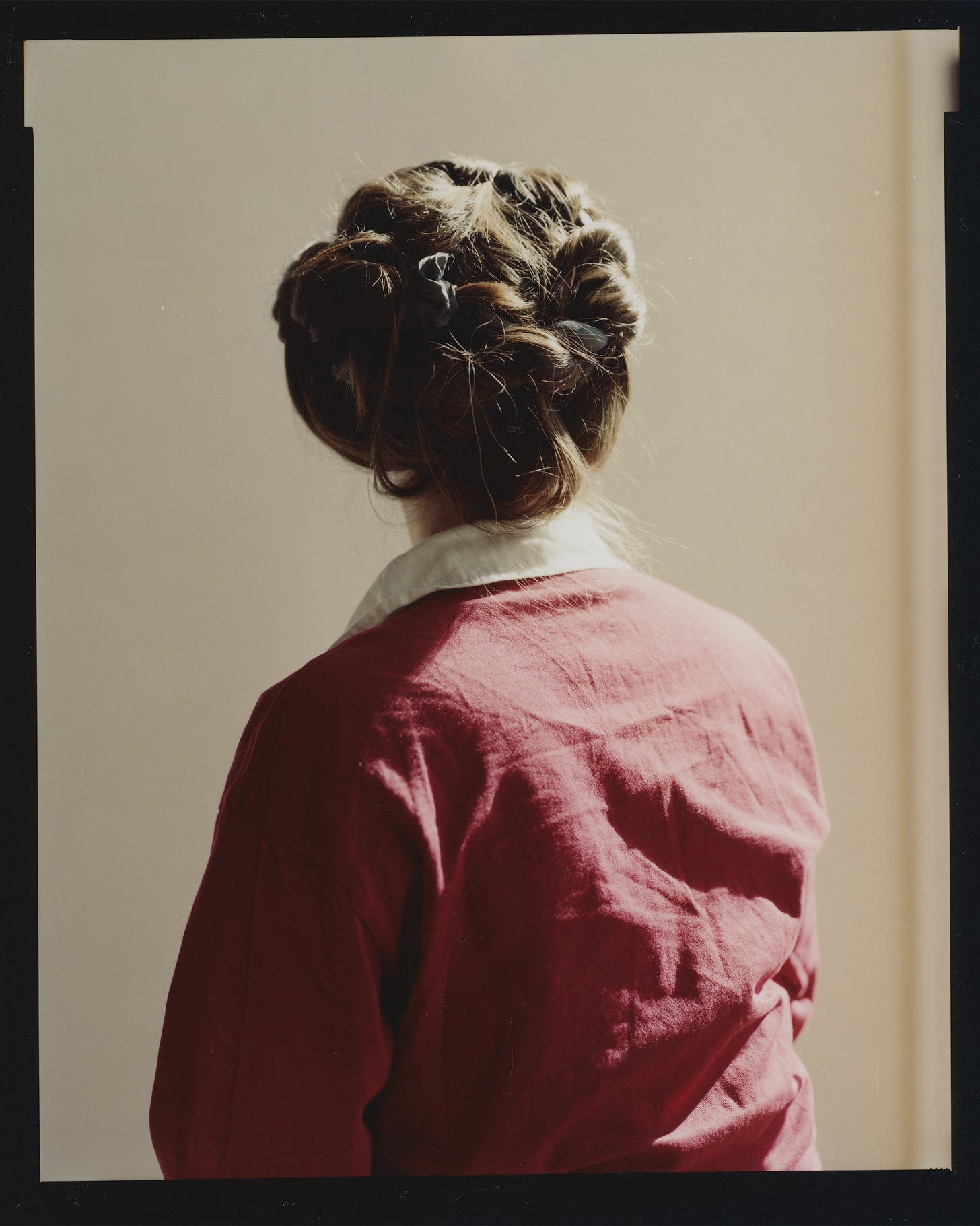How to make a good photograph
Janelle Lynch on the art of noticing

Obviously, there’s no one right way to make a good picture.
Sure, there are “rules,” but creativity generally doesn’t follow a formula. That’s what’s great about photography — it’s broad, malleable, expansive, and highly flexible. Anyone can do it in any number of ways. And it’s constantly evolving. I love that.
I’ve been into photography for most of my life and have studied it closely for over twenty years. I’ve come to believe there is a kind of photographic life many of us have committed to living. It’s about making pictures, yes, but also about acquiring a way of being in the world, staying curious, keeping your eyes open, and seeing things with wide-eyed wonder. Years ago, I stumbled upon this Leonardo Da Vinci quote:
“Learn how to see. Realize that everything connects to everything else.”
That rhymed with my sensibilities and helped me understand how making creative connections across disciplines can influence one’s photography practice. These days, my photo habit is focused primarily on seeing the light and finding pictures wherever I go. Am I an artist? I don’t know. But it feels good to be creative.
Janelle Lynch is a kindred spirit. We correspond occasionally but have never met in person. She’s soulful and talented, cares about the environment, and frequently photographs nature — all things that matter to me. I’ve been following her career for years and own all three of her books. She’s an incredible artist and a thoughtful person. Janelle teaches photography and knows a thing or two about pictures.
She emailed the other day proposing a piece about what it takes to make good photography. Many of you are artists and imagemakers, so you’ll appreciate her philosophy. I’ll let Janelle take it from here. There is much to think about, and I hope you enjoy it. Please let us know what you think in the comments.
How to make a good photograph
Get to know light. Wake up ninety minutes before sunrise. Observe twilight’s transition from astronomical, to nautical, to civil — the moments before the sun’s reveal. Marvel at its colors during each phase. Repeat at sunset.
Get to know history. Pick up a copy of Naomi Rosenblum’s A World History of Photography. Read its seven hundred forty-eight pages. Then get Mary Warner Marien’s Photography: A Cultural History and do the same.
Get to know what a good photograph is and how one is made. Read Robert Adams’ Beauty in Photography: Essays in Defense of Traditional Values and John Szarkowski’s Looking at Photographs. Reflect on their ideas about form and structure, time and truthfulness, justice and resonance, moral and emotional depth. Hope.
Cultivate discipline, curiosity, presence, and attention.
Ask yourself, “How long does it take to see something?” and read Rebecca Solnit’s essay, “Slow Seeing.”
Speaking of seeing, enroll in an observational drawing workshop. Learn how to see (and think) relationally.
Also learn from Stephen Shore’s formal rigor; August Sander’s portraits; Francesca Woodman’s self-portraits; Jeff Wall’s tableaux; Laura Letinsky and Sharon Core’s still lifes, and those by whom they were inspired, Jan Groover and Irving Penn. Also learn from Barbara Bosworth and Tanya Marcuse’s landscapes; Sally Mann and Awoiska van der Molen’s poetic black and white photographs made with a female gaze, and Bryan Schutmaat and Raymond Meeks’ made with a male gaze. Also learn from Alessandra Sanguinetti and Peter Hujar’s portraits of animals; William Eggleston, Joel Sternfeld, and most of the aforementioned photographers’ use of color; and Christine Elfman and Rachelle Bussières’ alternative processes. Look at all art, including painting and sculpture. Go to the movies.
Yes, emulate, but do it consciously to discover your voice, vision, and interests. Avoid trends at all costs.
Be intentional. Carefully consider the orientation of the camera’s viewfinder, vantage point, point of focus, depth of field, shutter speed, corners, edges, center, light, and shadow for each image. Activate the rectangle (or square) with the elements of art and the principles of design.
Be spontaneous. Venture outside of your comfort zone. Change your lens, your medium, your subject matter. Change yourself.
Try different camera formats and find the one that resonates with you. Befriend her. Give her a name. And legs — use a tripod.
Try a film camera. Because the material is tangible and valuable, you will learn to photograph with care, precision, and consideration. You will not take 500 pictures of a subject and rely on luck or post-production technology. You will make two, and depend on yourself, your knowledge, and your skills.
Print your pictures. Photographs are two-dimensional objects, not files of pixels to be viewed exclusively on a screen. Get to know your images by looking at them on paper in space. Talk to them and listen to what they whisper back. Show them to friends and peers. (Sign up for a darkroom workshop?)
Feel your subject—whether a rock, a shed, a would-be lover. When you try to understand the ideas or the metaphors in the moment, redirect your attention back to your subject. (Or your breath.) Allow themes to emerge organically. Never try to illustrate an idea. And certainly never try to teach anyone anything through your images.
Feel the light. Throughout the day, the season, in different weather, observe its color, direction, quality, intensity, and its emotional and psychological associations. Observe shadow, too.
Feel yourself. Listen to your body. It knows. (See King Lear.)
Please never shoot anything—blue jays, bungalows, bread. Make photographs of them instead.
Remember Robert Capa’s dictum, “If your pictures aren’t good enough, you’re not close enough.” But don’t always follow it. Step back and see what distance enables—literally and figuratively. Then, consider the metaphor — whether intended or not—in Capa’s words and ask, “Do you care about what you’re photographing—are you arrested by it, seized — regardless of what it is?”
Next, apply the “show, don’t tell” adage discussed in creative writing. Give the viewer space to discover the subject. Trust them. Trust the subject. Trust yourself.
Then, forget about the viewer and anyone or anything else in that moment, except the sensations resonating through your being.
Live by Tod Papageorge’s dictum, “If your pictures aren’t good enough, you’re not reading enough.”
Read the author André Aciman’s essay, “A Literary Pilgrim Progresses to the Past,” and contemplate this question: “Don’t all writers have a hidden nerve, call it a secret chamber, something irreducibly theirs, which stirs their prose and makes it tick and turn this way or that, and identifies them, like a signature, though it lurks far deeper than their style, or their voice or other telltale antics?” Discover your secret chamber — photograph from there.
Speaking of being a pilgrim, read Wendell Berry’s The Unforeseen Wilderness, in which he writes about a photographer’s journey toward discovery: “His search is a pilgrimage, for he goes along ways he does not fully anticipate. His understanding involves a profound humility…he has done away with his expectations….” (Read Berry’s poetry, too, and that by Mary Oliver and Ada Limón. While you're at it, pick up a copy of Edward Hirsch's 100 Poems to Break Your Heart.)
Also read Rainer Maria Rilke’s Letters to a Young Poet and experiment with his counsel, “[L]ike a first human, try to say what you see and experience and love and lose….Portray your sorrows and daydreams, your passing thoughts and beliefs stirred by a glimpse of beauty. Describe it all with a quiet, humble honesty….”
Fall in love with solitude. Find joy. Value the process as much as the outcome. Keep learning, foremost about yourself. Never try to make art.

About the photographer
Janelle Lynch is an artist and writer. Her photographs and cyanotypes have been exhibited worldwide and are in museum collections including the Metropolitan Museum of Art, the Victoria and Albert Museum, and the Denver Art Museum. She has three monographs by Radius Books: Los Jardines de México, Barcelona, and Another Way of Looking at Love.
Her work has been featured in publications including Harper’s Magazine, Photograph Magazine, The Guardian, and NPR’s The Picture Show. In 2019, Lynch was shortlisted for The Prix Pictet, and in 2024, she was the subject of a documentary film, Janelle Lynch: Endless Forms Most Beautiful.
Her writing has appeared in monographs, exhibition catalogues, and LensCulture, among other publications. She is faculty at the International Center of Photography and hosts The Salon, a photography collective.
She is represented by Flowers Gallery and lives and works in New York City and Amagansett, New York.
One more thing…
I’ll leave you with this: last year, filmmaker Nick Pizzolato made Amagansett Portraits, a short documentary about Janelle. It offers a lovely glimpse into her practice and is a beautiful work in its own right.
Thanks, as always, for looking, folks. Have a great weekend!









Excellent! The best I have seen since I subscribed.
Thanks Andy. There is so much to unpack from this article and her views and work. Especially for someone like me, focused on color.